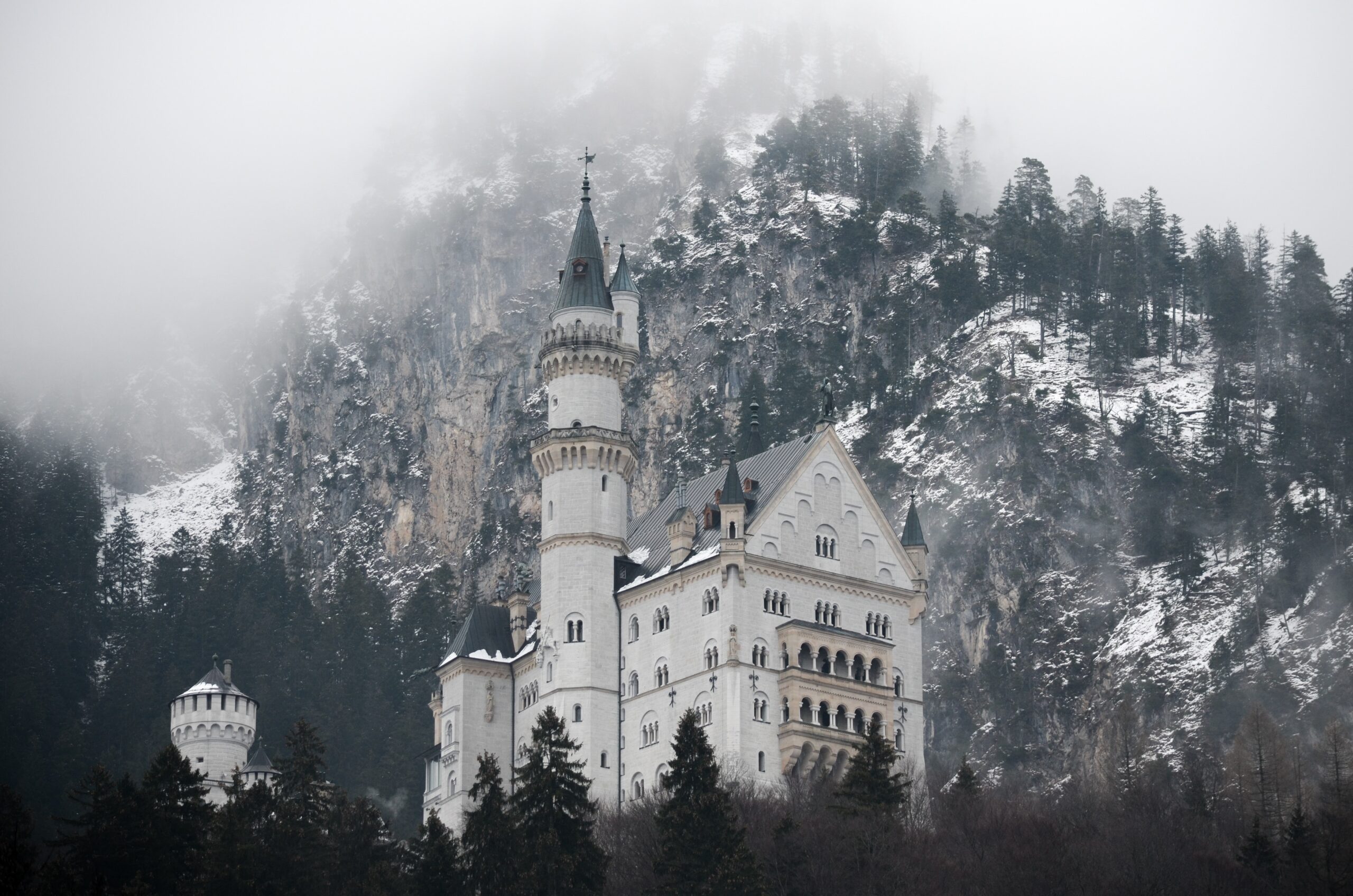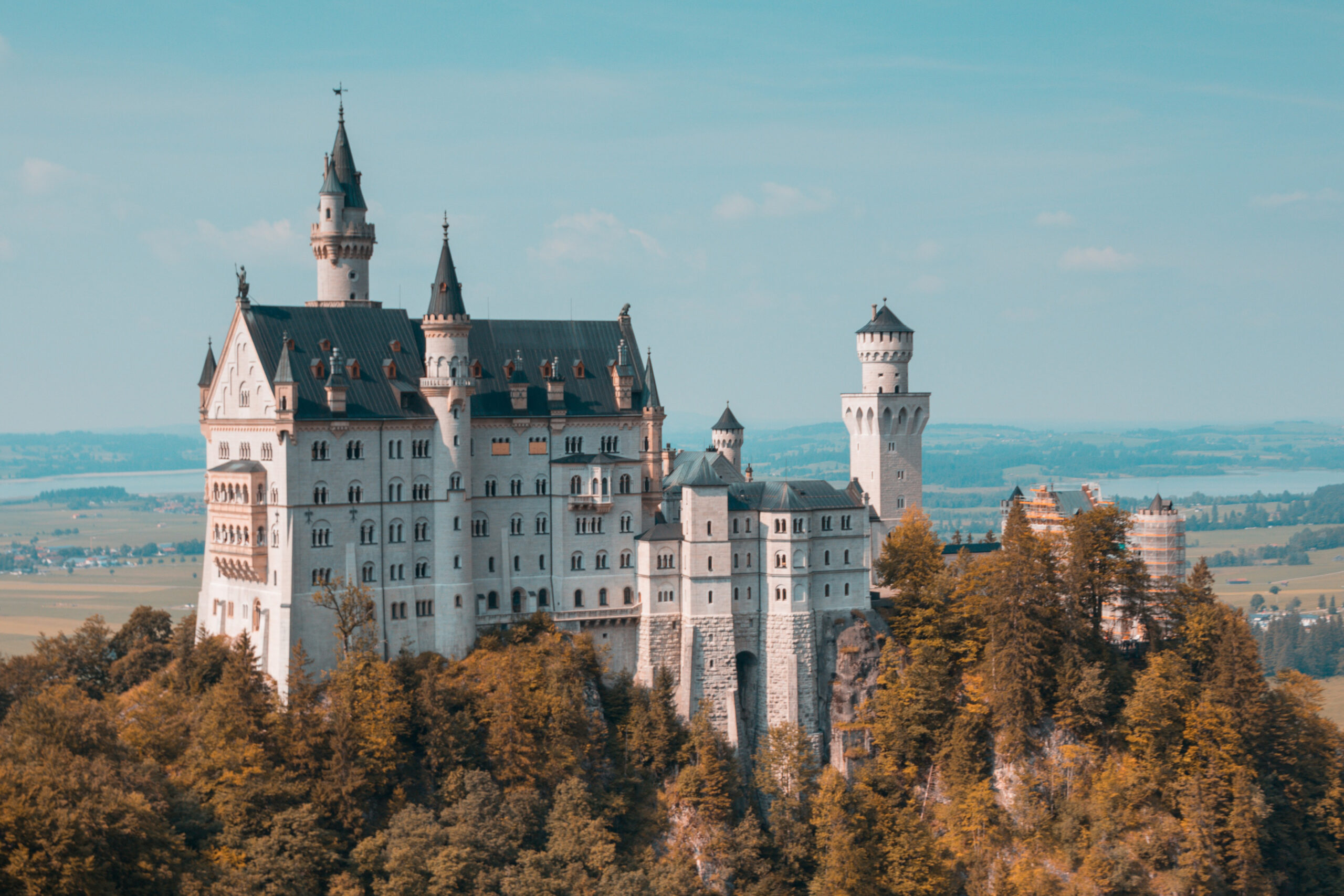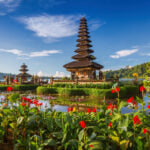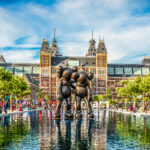Built by the Fairy Tale King, Neuschwanstein Castle served as the inspiration for the iconic Sleeping Beauty Castle and holds a tragic story
There are not that many castles in the world that can legitimately claim to be a Disney castle. Neuschwanstein Castle near Munich is one. This 19th-century Schloss is said to have been the inspiration behind the first castle built in a Disney Park — the iconic Sleeping Beauty Castle in Disneyland Resort, Anaheim. Like with Disney’s castle, no king has slept inside these walls built in the foothills of the Alps.
Neuschwanstein was built by Ludwig II of Bavaria as a private residence where he could escape his public duties in Munich. The flamboyant Ludwig, known as either the Mad King or the Fairy Tale King, was irrestrainable. His courtiers and advisors had great struggles to contain his spending. He was a great supporter of the arts and opera — he patronized the composer Richard Wagner — and he loved building pretty castles.
Along with Neuschwanstein, Ludwig was also responsible for the construction of Linderhof Palace, Herrenchiemsee and the royal apartment extension to the Residenz Palace in Munich. Neuschwanstein is by far and away the most famous. Ludwig was inspired by a trip through France where he saw many grand châteaus. Having fallen in love with the architecture and culture, he decided to accomplish the same for Bavaria.
Ludwig almost ruined himself to build Neuschwanstein
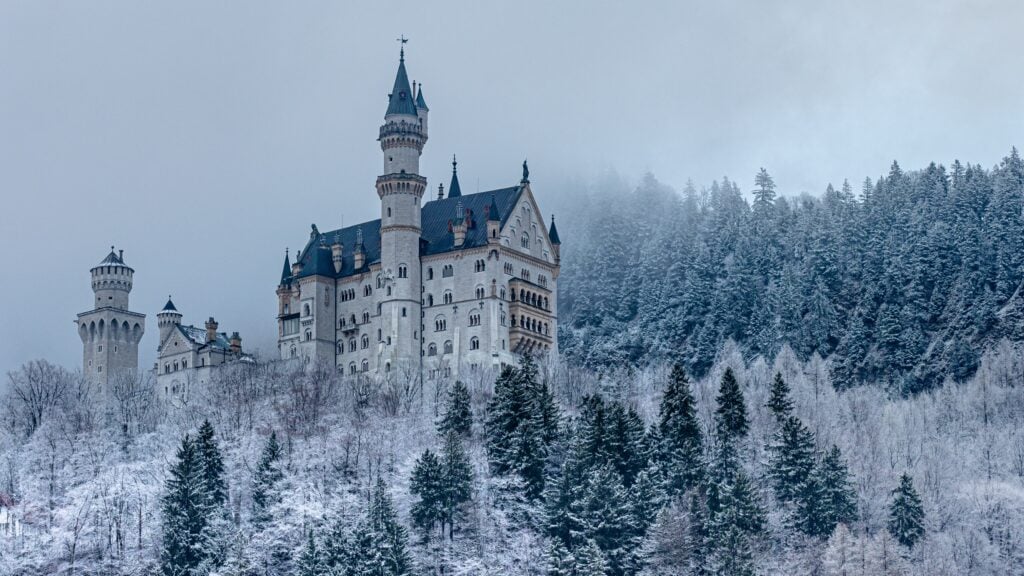
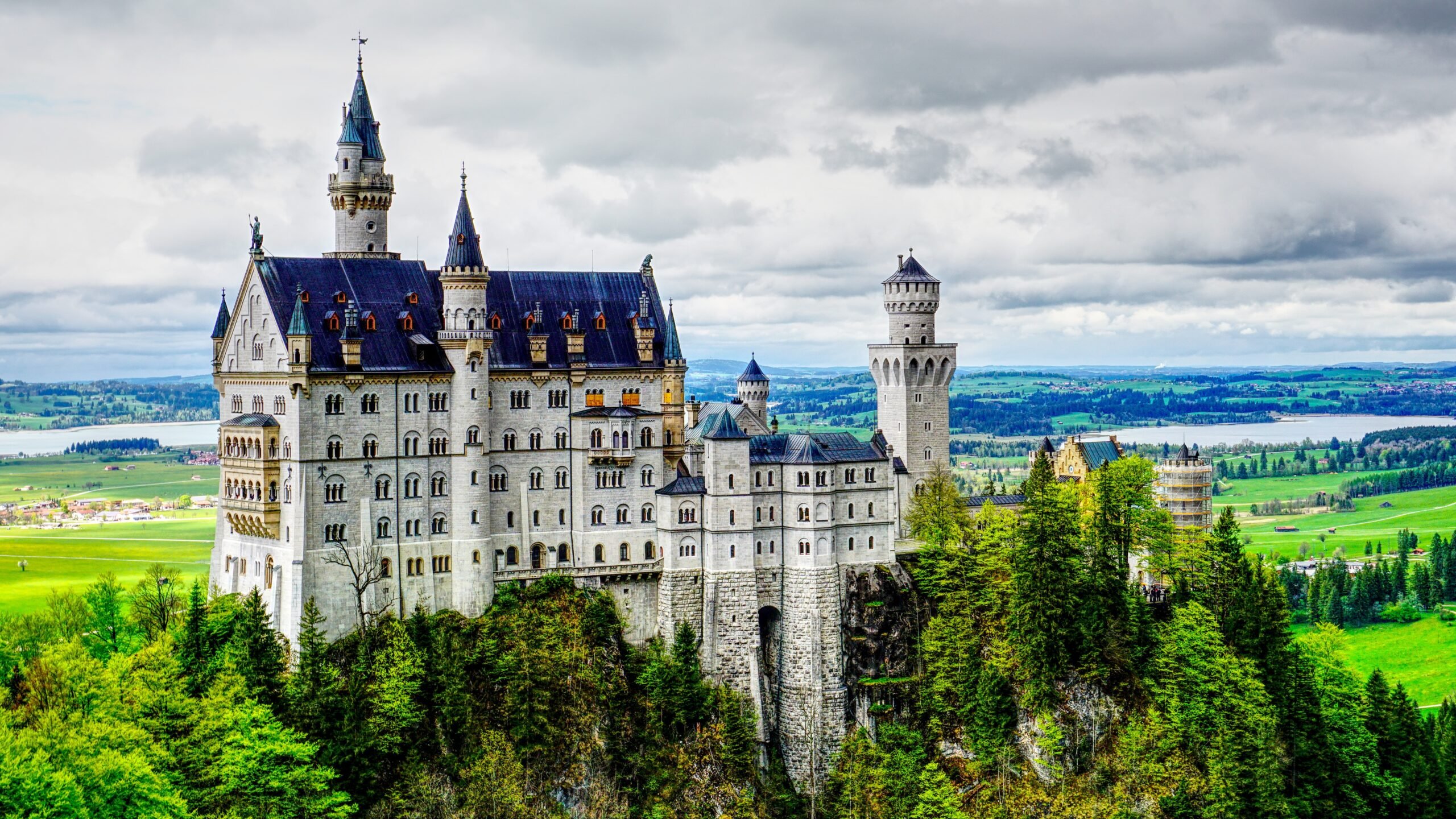
Discover the fairytale castles of Bavaria
In the hills above the lakes of Alpsee and Schwansee, the House of Wittelsbach owned a number of castles and palaces within a stone’s throw of each other. These were ruined medieval fortresses, and one was replaced by a palace during Ludwig’s father’s reign. Hohenschwangau Castle became the location for much of Ludwig’s childhood daydreaming.
As he grew older, Ludwig wished to replace one of the other castles — Schwanstein. Taking out huge personal loans, hired the architects Christian Jank and Eduard Riedel to build a castle in the fashionable Romanesque Revival style of the period. Drawing on Wagner’s operas and idealized histories of Medieval Europe, they set out to build “a worthy temple for the divine friend”.
Neuschwanstein is full of period details and symbolism, such as a throne room in a Byzantine style, Gothic towers and turrets, and a Romanesque chapel. The most stunning room in the castle is Ludwig’s bedroom. This holds a four-poster bed, an unusual washstand with a silver-plated swan fountain, and murals from the legend of Tristan and Isolde, also one of Wagner’s operas.
Found dead in mysterious circumstances
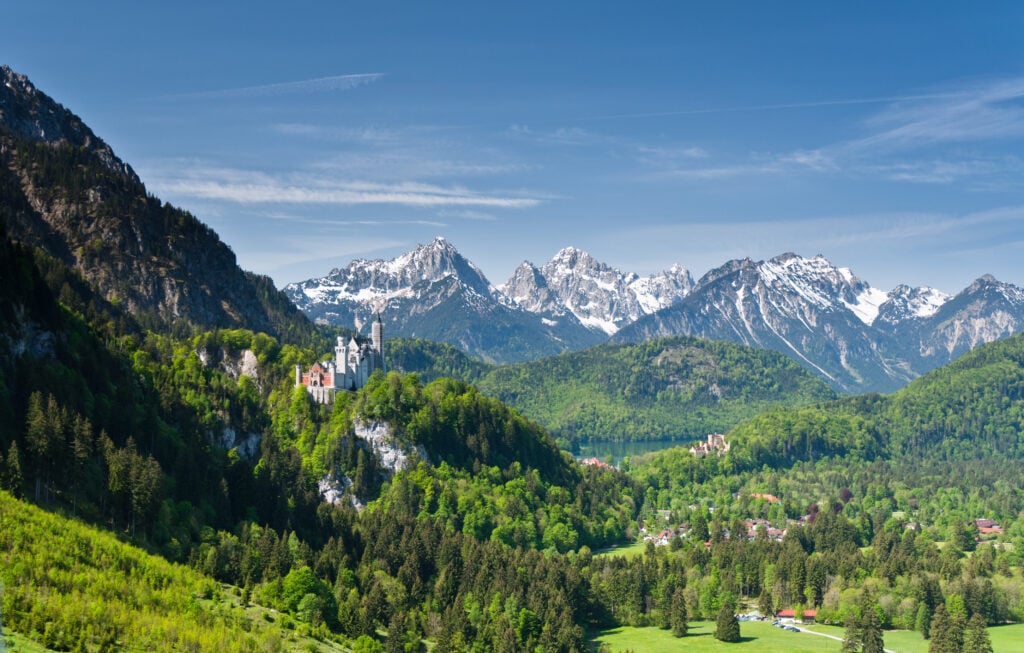
Ludwig never got to sleep in the room. He died unmarried before the castle’s completion in 1886. Unable to service his debts, he had gone to his cabinet and parliament for credit and had been refused. The Bavarian government soon deposed him, saying he had gone insane. Within days, Ludwig and his personal doctor, Bernhard von Gudden, were both found dead in mysterious circumstances in the waters of Lake Starnberg.
Because of its stunning location, interior and exterior, Neuschwanstein was opened to the public within six weeks of his death as a source of revenue to service his debts and complete construction. It has been one of the main tourist locations close to Munich ever since and it is now one of the most painted and photographed castles in the world because of its iconic beauty. Entrance is only possible with a guided tour or by purchasing an advance ticket.
